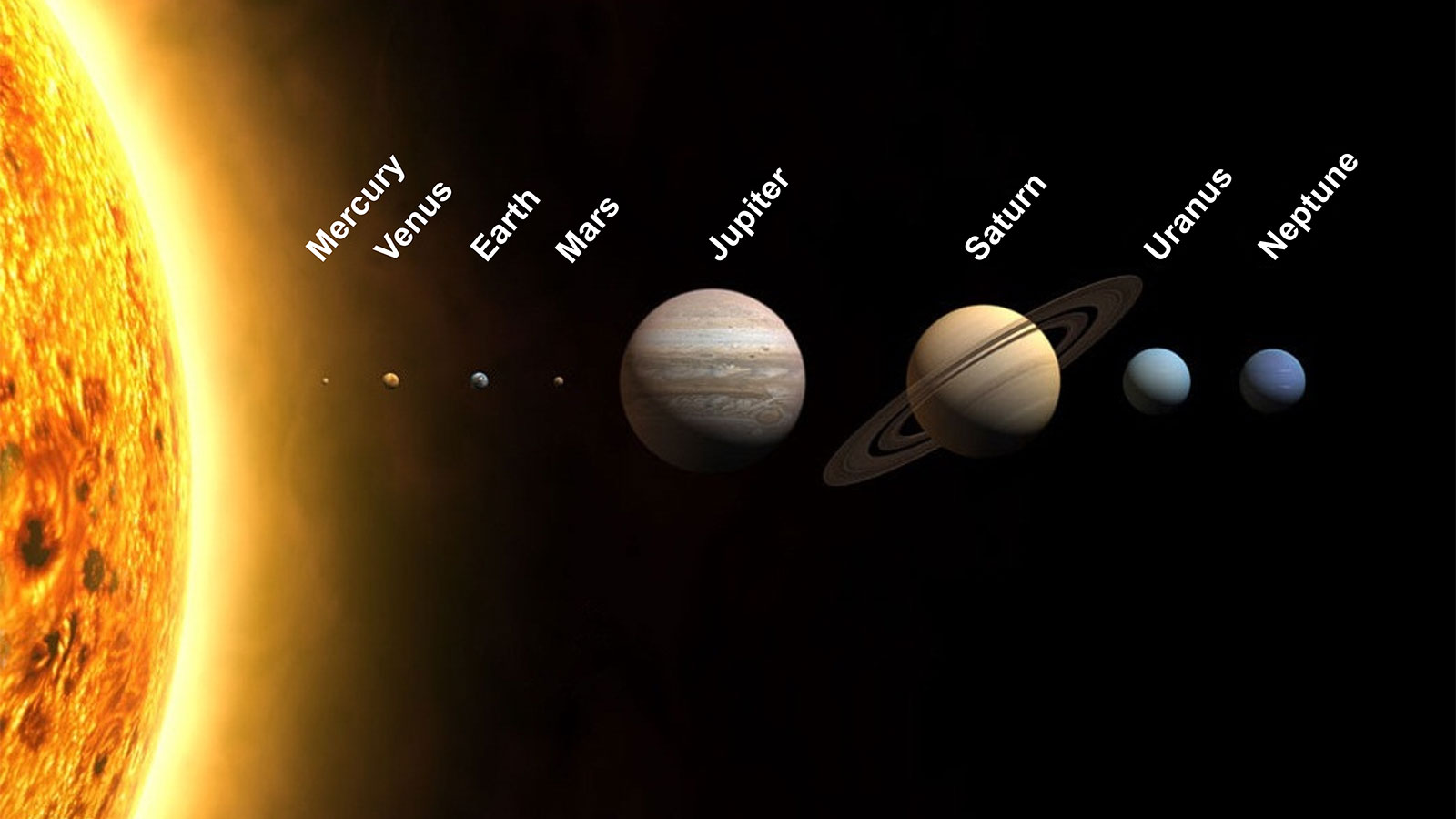
The Planets of Our Solar System: A Journey Through the Cosmic Neighborhood
Our solar system is a vast and intricate celestial wonder, consisting of a central star, the Sun, and a retinue of diverse celestial bodies orbiting around it. Among these, the planets are the most prominent and fascinating. In this comprehensive article, we will embark on a journey through our solar system, exploring the eight recognized planets that orbit the Sun, from the closest to the farthest reaches of our cosmic neighborhood.
The Inner Planets: Terrestrial Worlds
The inner planets, also known as terrestrial planets, are located closer to the Sun and are characterized by solid surfaces. They are composed mostly of rock and metal and have relatively thin or non-existent atmospheres.
1. Mercury: The Scorched Planet
Distance from the Sun: Mercury is the closest planet to the Sun, situated at an average distance of about 36 million miles (58 million kilometers).
Key Features: Mercury’s extreme proximity to the Sun means it experiences extreme temperature variations, with surface temperatures swinging between scorching highs and freezing lows. It has a heavily cratered surface and a very thin atmosphere, primarily composed of trace gases.
2. Venus: Earth’s “Twin” with a Hostile Climate
Distance from the Sun: Venus is the second planet from the Sun, orbiting at an average distance of approximately 67 million miles (108 million kilometers).
Key Features: Venus is often referred to as Earth’s “twin” due to its similar size and composition, but its environment is incredibly hostile. It has a thick, toxic atmosphere primarily consisting of carbon dioxide, which traps heat and creates a runaway greenhouse effect. Surface temperatures are hot enough to melt lead, making it the hottest planet in our solar system.
3. Earth: The Blue Planet
Distance from the Sun: Earth is the third planet from the Sun, situated at an average distance of about 93 million miles (150 million kilometers).
Key Features: Earth is the only known celestial body to support life. It has a diverse range of ecosystems, a life-sustaining atmosphere rich in oxygen and nitrogen, and a unique climate that allows for the existence of liquid water.
4. Mars: The Red Planet
Distance from the Sun: Mars is the fourth planet from the Sun, orbiting at an average distance of roughly 142 million miles (228 million kilometers).
Key Features: Mars is known for its reddish appearance, attributed to iron-rich dust covering its surface. It has a thin atmosphere and is home to the largest volcano in the solar system, Olympus Mons. Scientists have been intrigued by the possibility of past or present life on Mars.
The Outer Planets: Gas Giants and Ice Giants
The outer planets, also known as the gas giants and ice giants, are located farther from the Sun. These planets are significantly larger than the terrestrial planets and are primarily composed of hydrogen, helium, and other gases.
5. Jupiter: The Giant of the Solar System
Distance from the Sun: Jupiter is the fifth planet from the Sun, orbiting at an average distance of approximately 484 million miles (778 million kilometers).
Key Features: Jupiter is the largest planet in our solar system, with a diameter over 11 times that of Earth. It possesses a powerful magnetic field, a turbulent atmosphere marked by its Great Red Spot, and numerous moons, including the four largest known as the Galilean moons.
6. Saturn: The Ringed Wonder
Distance from the Sun: Saturn is the sixth planet from the Sun, situated at an average distance of around 886 million miles (1.4 billion kilometers).
Key Features: Saturn is renowned for its stunning system of rings, which are composed of ice and rock particles. It is the second-largest planet in our solar system and is known for its intricate ring system and numerous moons.
7. Uranus: The Sideways Planet
Distance from the Sun: Uranus is the seventh planet from the Sun, orbiting at an average distance of approximately 1.8 billion miles (2.9 billion kilometers).
Key Features: Uranus is unique among the planets as it rotates on its side, likely due to a collision in its early history. It has a blue-green hue, a thin ring system, and a set of icy moons.
8. Neptune: The Windy Giant
Distance from the Sun: Neptune is the eighth and farthest recognized planet from the Sun, located at an average distance of about 2.8 billion miles (4.5 billion kilometers).
Key Features: Neptune is the windiest planet in our solar system, with winds reaching supersonic speeds. It has a deep-blue appearance due to the presence of methane in its atmosphere. Neptune also boasts a faint ring system and a collection of diverse moons.
Dwarf Planets and Beyond
Beyond Neptune’s orbit, in a region known as the Kuiper Belt, lies a collection of celestial objects, including dwarf planets like Pluto and Eris, which, while not officially classified as planets, are intriguing and significant in their own right.
Conclusion
The planets of our solar system offer a captivating glimpse into the vastness and diversity of the cosmos. From the searing heat of Mercury to the frigid winds of Neptune, each planet presents a unique set of characteristics and mysteries. As we continue to explore and study our planetary neighbors, we gain valuable insights not only into the origins and evolution of our solar system but also into the broader mysteries of the universe beyond.
